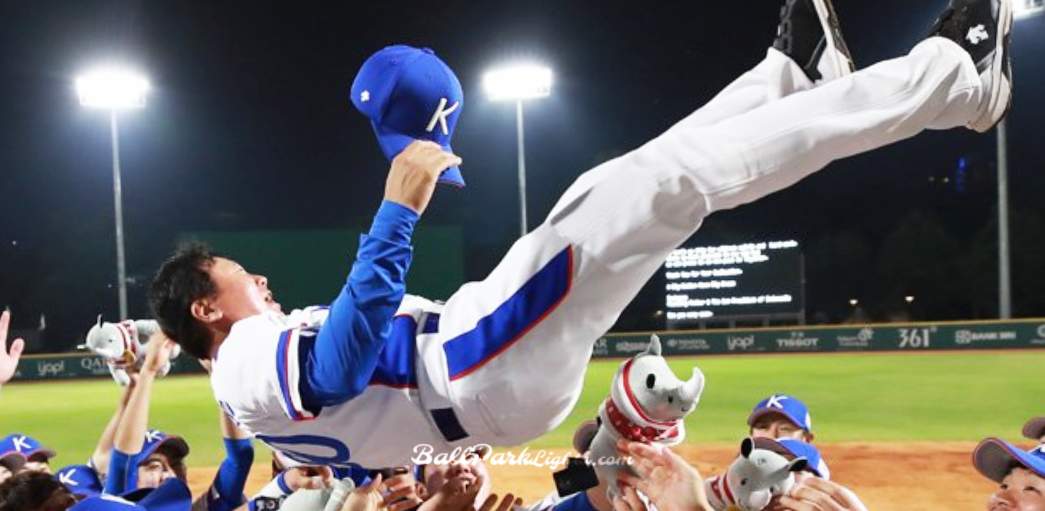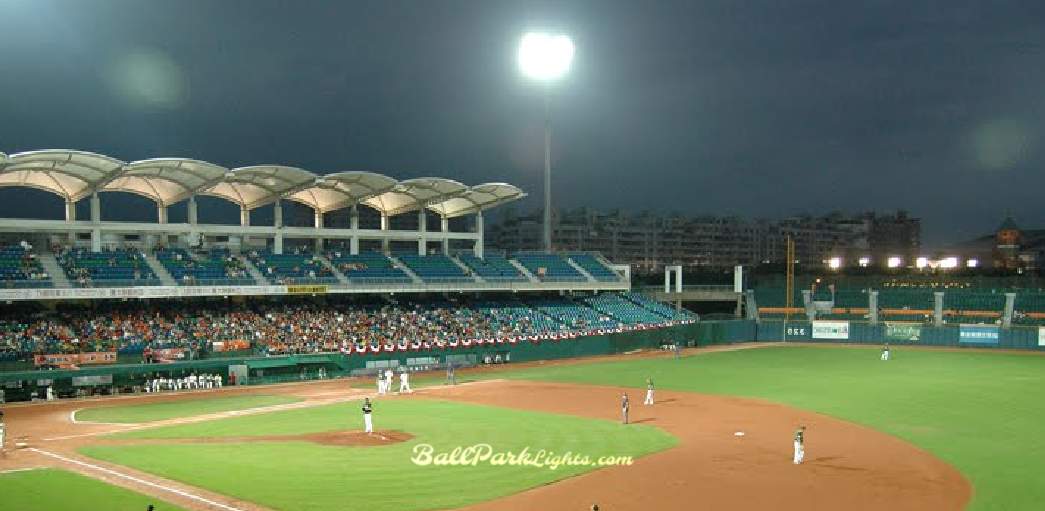The right lighting enhances visibility, elevates player performance, and enriches the spectator experience, making night games just as thrilling as those held under the sun. The exploration into the lighting requirements of baseball fields reveals how thoughtful design can illuminate the game, ensuring that every pitch, swing, and catch shines brightly.
Message us to get a free lighting design solution
Table of Contents
ToggleLighting requirements for baseball fields are influenced by a variety of factors, including the level of play, the dimensions of the field, and the time of day when games are scheduled. Whether for professional or amateur leagues, sufficient illumination is essential to ensure visibility for players, umpires, and spectators. Guidelines typically recommend specific lux levels to create a safe and enjoyable playing environment.

| Lighting Requirement | Professional Leagues | Recreational/Amateur Leagues |
|---|---|---|
| Average Illuminance Level (lux) | 1000 – 1500 lux | 300 – 500 lux |
| Color Temperature (Kelvins) | 4000K – 5000K | 4000K – 5000K |
| Uniform Lighting Importance | Critical for performance | Critical for performance |
| Impact of Inadequate Lighting | Hesitations and misjudgments | Hesitations and misjudgments |
Professional baseball fields generally require an average illuminance level of around 100 to 150 lux for night games. For recreational and amateur leagues, lower levels ranging from 50 to 75 lux may be acceptable. However, it is crucial to achieve uniform lighting across the entire field. Uniformity minimizes shadows and glare, allowing players to see the ball clearly, which enhances gameplay and reduces the risk of accidents.
Achieving uniform lighting is not just about meeting basic standards; it significantly influences the quality of the game. When players can easily see the ball against the backdrop of the field, their performance improves. Inadequate lighting can lead to hesitations and misjudgments, ultimately affecting the game’s outcome. Hence, maintaining recommended illuminance levels is not merely a guideline but a necessity for smooth gameplay.
In addition to illuminance levels, the distribution and direction of light play a critical role in the effectiveness of illumination. Properly positioned lights can eliminate shadows in both the infield and outfield, enabling players to track the ball with greater ease. The design of the lighting system should also take into account the position of spectators. Ideally, lights should be aimed to minimize glare, allowing fans to enjoy the game without discomfort. A well-planned lighting design enhances not just player visibility but also the overall spectator experience.
The effectiveness of light distribution can greatly influence the atmosphere of the game. For instance, a well-lit field creates a vibrant and energetic environment, heightening the excitement for fans. Conversely, poor lighting can result in a dim and lifeless atmosphere, diminishing the experience for everyone involved.
Another key consideration is the color temperature of the lighting, typically measured in Kelvins (K). Most baseball fields utilize lights with a color temperature ranging from 4000K to 5000K. This range provides a natural white light that closely resembles daylight. Such lighting aids players in distinguishing between the ball and the background, which can significantly improve their reaction times and overall performance.
Color temperature can have a profound effect on the mood of a game. Warmer temperatures (lower K values) tend to create a more inviting and comfortable atmosphere, while cooler temperatures (higher K values) can evoke a more energizing and alert environment. The choice of color temperature should align with the desired atmosphere of the game and the preferences of players and fans.
Various lighting technologies illuminate baseball fields, each with distinct advantages and disadvantages. The most commonly used types of lighting include LED, metal halide, and fluorescent lamps. Each option presents different characteristics concerning energy efficiency, lifespan, maintenance, and color rendering capabilities.
LEDs consume substantially less energy than traditional lighting technologies, resulting in lower utility bills for sports facilities. Additionally, they have an extended lifespan, which reduces the frequency of replacements and associated maintenance costs.
Moreover, LED lights can be engineered to have a high CRI, often exceeding 80. This enhancement in color rendering means that players can see the ball and the field’s features more clearly, leading to improved performance. As a result, the growing trend toward LED lighting is not only economically favorable but also enhances the quality of play.
Metal halide lamps have long been a staple in sports lighting. They provide bright, white light and have a decent CRI, typically ranging from 65 to 90. These lamps are capable of producing high-intensity illumination, making them suitable for large outdoor fields. However, compared to LEDs, metal halide lights have a shorter lifespan and may require more frequent replacements.
Furthermore, they take longer to reach full brightness, which can be inconvenient during events that require immediate lighting. While they have been effective for many years, the rapid advancement of lighting technologies means that alternatives such as LED are becoming more appealing.
Fluorescent lamps are another option for lighting baseball fields, though their use in outdoor sports lighting is relatively uncommon. While they are energy-efficient and provide good color rendering, fluorescent lights do not offer the same level of brightness as LEDs or metal halide lamps.
They are more suited for indoor applications or smaller fields where high-intensity illumination is not a primary requirement. Despite their limitations in brightness, their energy efficiency can be advantageous in specific settings, especially when combined with smart controls that adjust lighting based on needs.
Selecting the appropriate lighting for a baseball field involves achieving a balance among illumination, energy efficiency, and color rendering capabilities. Lighting fixtures should be positioned and angled properly to minimize glare and maximize visibility for both players and spectators.
The right combination of lighting technology and strategic placement can significantly enhance the overall game experience. Facilities must consider their specific needs, budget constraints, and the expected usage of the field when making lighting decisions.

The Color Rendering Index (CRI) measures how accurately a light source reveals the colors of various objects compared to natural light. The CRI scale ranges from 0 to 100, with higher values indicating better color rendering. For example, a CRI of 100 represents natural daylight, while lower CRI values imply that colors may appear distorted or less vibrant under artificial lighting.
When lighting fixtures with low CRI are employed, players may struggle to distinguish between the ball, the field, and other elements in their environment. This challenge can hinder their performance, as players depend on their vision to make split-second decisions during gameplay.
High CRI lighting, typically ranging from 80 to 100, enhances color accuracy and visual comfort. This means players can easily recognize the ball’s color and its movement against the backdrop of the field, leading to quicker reactions and improved performance. Furthermore, spectators benefit from high CRI lighting as well, as they can appreciate the vibrant colors of the team’s uniforms and the overall atmosphere of the game.
For sports facilities looking to invest in lighting upgrades, focusing on fixtures that provide high CRI ratings can lead to enhanced visibility and a better overall game experience.
The availability of LED technology has made it easier for facilities to access high CRI lighting solutions, which can significantly improve gameplay and fan engagement. By prioritizing color accuracy in their lighting choices, facilities can foster a more vibrant and dynamic game atmosphere.
Beyond the focus on performance and color rendering, other factors come into play when planning a baseball field’s lighting system. Energy consumption and sustainability of the chosen lighting technology are gaining increased attention in light of environmental concerns.
Facilities should establish a routine maintenance schedule to inspect and clean fixtures regularly. Addressing any issues promptly can prevent performance degradation and ensure consistent lighting throughout the season.
Keeping lights clean and ensuring that malfunctioning fixtures are promptly repaired will help maintain consistent illumination levels and color rendering. A well-maintained lighting system not only enhances the gameplay experience but also prolongs the lifespan of the fixtures, providing value for the investment made.
With growing awareness of environmental sustainability, many sports facilities are reevaluating their lighting choices. The shift towards energy-efficient lighting technologies, particularly LEDs, aligns with broader sustainability goals. By reducing energy consumption, facilities can lower their carbon footprint while still providing adequate lighting for games.
Utilizing smart lighting controls that adjust based on occupancy and natural light levels can further enhance energy efficiency. This approach not only reduces operational costs but also demonstrates a commitment to environmental responsibility, appealing to increasingly eco-conscious fans and stakeholders.
Despite the many benefits of high-quality lighting systems, several challenges arise when upgrading or installing new lighting for baseball fields. Understanding these challenges can assist facilities in navigating the process effectively.
The initial costs associated with purchasing and installing high-quality lighting fixtures can be substantial, especially for smaller leagues or community fields. However, considering the long-term energy savings and reduced maintenance costs associated with energy-efficient lighting technologies can help justify these investments.
Facilities may need to explore funding options, grants, or community support to make these improvements financially viable. Long-term savings from reduced energy consumption can provide a compelling case for investing in advanced lighting solutions.
Another challenge lies in the technical expertise required to design and implement an effective lighting system. Facilities may need to consult with lighting engineers or specialists to ensure that their systems meet the necessary standards for illumination and CRI.
Engaging with experts in the initial planning stages can lead to more effective lighting strategies and avoid common pitfalls associated with lighting design.
Compliance with local regulations and standards presents additional challenges. Various organizations may have specific guidelines regarding lighting intensity, direction, and energy consumption. Facilities must ensure that their lighting systems adhere to these regulations while still providing adequate illumination for gameplay and fan enjoyment.
Navigating these regulations can be complex, but facilities that take proactive measures to understand and comply with them can avoid potential setbacks during installation or operation.
Creating a well-lit baseball field requires a comprehensive understanding of various elements, including lighting requirements, types of technologies available, and the importance of CRI. By carefully selecting appropriate lighting solutions and maintaining them effectively, facilities can enhance the playing experience for athletes and create an inviting atmosphere for spectators.
Facilities can create a more engaging and enjoyable environment by understanding the requirements for lighting, selecting the right technologies, and prioritizing maintenance. Investing in effective lighting contributes to the overall game experience, fostering community engagement and appreciation for the sport.
As advancements in lighting technology continue to evolve, facilities should stay informed and consider integrating innovative solutions. By prioritizing high CRI lighting, baseball fields can shine brightly, offering an optimal experience for players and fans alike.
BallParkLights.com All rights reserved